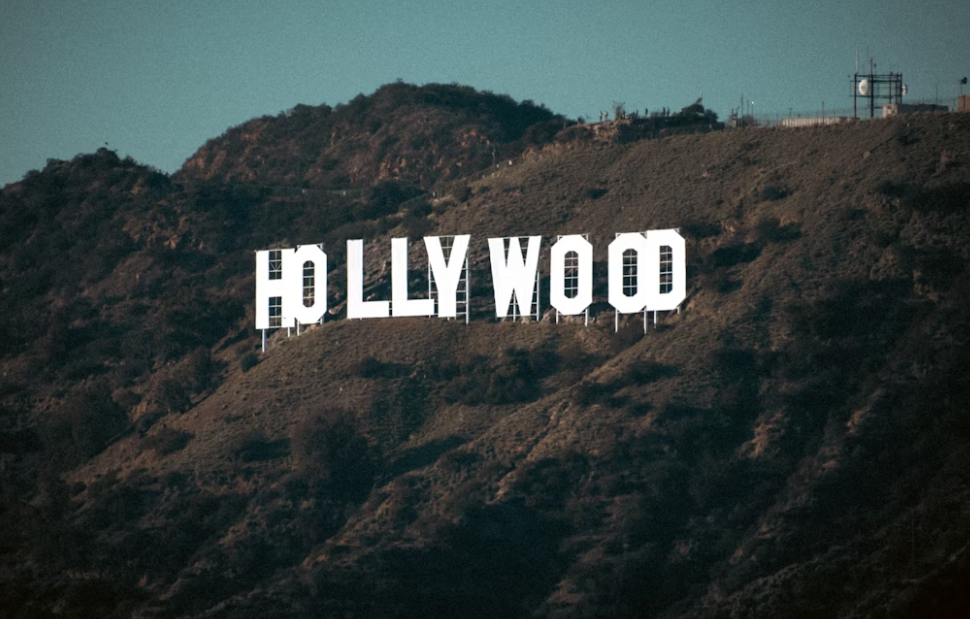Wealth Inequality Reaches Highest Point in U.S. History
President Addresses Issue in State of the Union Address
March 10, 2015
The issue of wealth inequality is a serious problem. Wealth inequality is often defined as the unequal distribution of assets among a population. Generally, capitalist societies will have some wealth inequality. However, in the United States, the disparities of wealth between the rich and the poor is astoundingly high. In fact, it is higher than any other developed nation in the world.
Wealth inequality has been a growing problem in America since the 1980s, though discussions about wealth inequality were not a hot-button topic. However, the issue, which began to creep into the nation’s consciousness a little more in 2014, has grown significantly since this year’s State of the Union address.
In the speech, President Obama brought up the increasing gap between the rich and the poor as well as the dwindling middle-class and the growing gap between the rich and the power. Throughout the address, the phrase “middle-class economics” was brought up multiple times. Though it hasn’t been explicitly defined, the main idea behind it is to pass legislation and regulations that aim to revive the middle-class. This would include cutting taxes on the middle-class and raising taxes on the wealthy. While this is, essentially, purely rhetoric at this point, it does offer those in the middle-class hope. However, it doesn’t seem likely that the President will be able to implement this strategy since he has to deal with a Republican House and Senate that opposes many of his policies.
To look in-depth at wealth inequality, one must first define wealth. Wealth can be defined as the sum total of one’s assets minus liabilities. Assets can include personal residence and real estate, savings, and investments in stocks and bonds. Liabilities however, are what a person owes such as student loans or mortgages. The difference of the two is one’s wealth. Household wealth is just the combination of the wealth of all the individuals in a household.
The statistics behind wealth inequality in America are astonishing. Since the Great Recession of 2007, wealth inequality has reached record levels. A new Pew Research Center analysis of the 2013 Federal Reserve’s Survey of Commerce, found that in 2013 “the median wealth of the nation’s upper-income families ($639,400) was nearly seven times the median wealth of middle-income families ($96,500), the widest wealth gap seen in 30 years when the Federal Reserve began collecting these data.” On top of that, Pew’s analysis found that the average income of upper-class families is almost 70 times greater than that of the average income of lower-class families. Another staggering statistic is that after the Great Recession, the share of the nation’s total wealth of the top 1% grew from 34.6% to 37.1%. Additionally, the share of the total wealth of the top 20% grew from 85% to 87%. These facts seem to display that while the rest of the country was still recovering from the recession, the rich were getting richer.
Unfortunately, ethnicity has a factor in wealth-inequality. Since the Great Recession, the wealth gap between whites and non-whites has been on the rise. According to the same 2013 Pew survey, the average wealth of white households is 13 times the wealth of black households, while in 2010 it was only 8 times greater. Similarly, the average wealth of white households were 10 times greater than those of Hispanic households in 2013, while in 2010 it was just 9 times greater. Also, between 2010 and 2013, the average wealth of white household’s increased by 2.4%, while the average wealth of Hispanic households fell by 14.3% and the average wealth of African-Americans fell by an astounding 33.7%.
According to Pew, this widening of the wealth gap between the races can be attributed to a number of factors. One factor is that the average income of minority households fell 9% between 2010 and 2013. The average income of white households, however, only fell 1%. As a result, white households were generally able to save more money than minority households. Also, whites are more likely to hold other financial assets, like stocks, which recovered more quickly than housing.











































